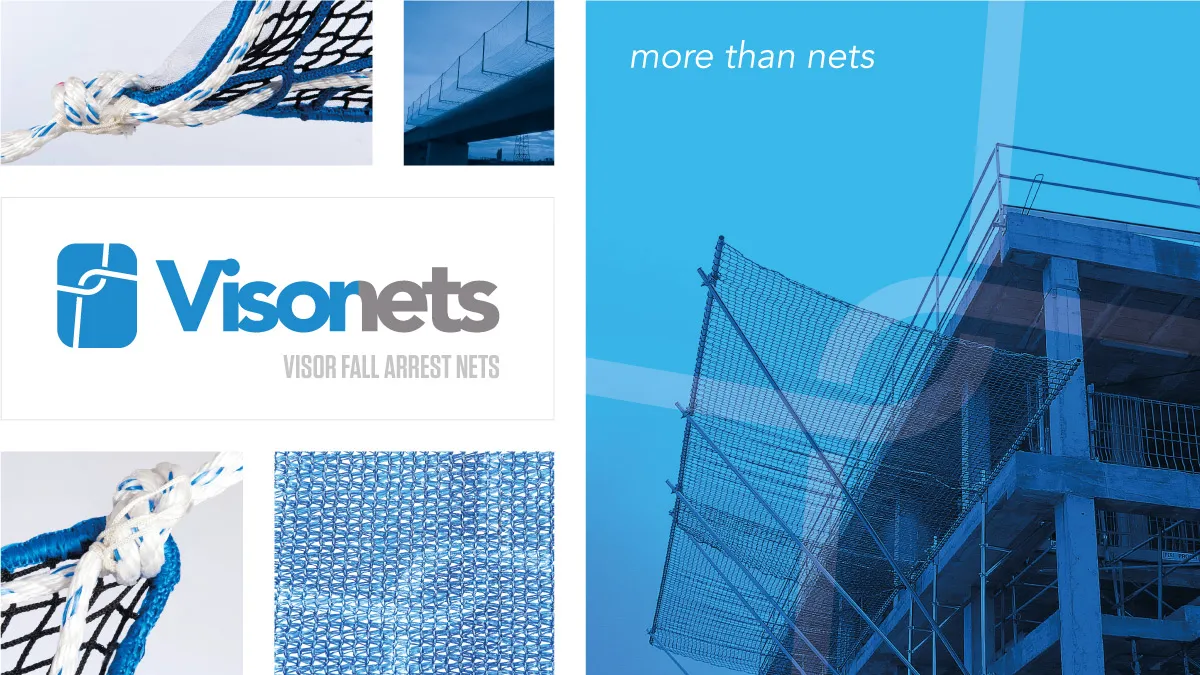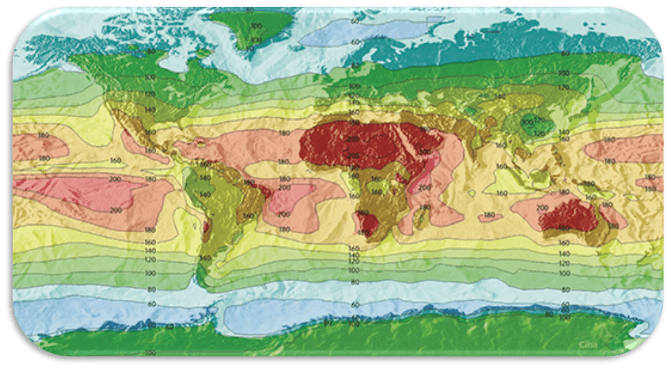UV radiation: How does it affect the useful life of safety nets?
UV radiation is part of the electromagnetic (light) spectrum that reaches the Earth from the sun. It has wavelengths shorter than visible light, making it invisible to the naked eye. These wavelengths are classified as UVA, UVB, or UVC.
UVA rays reach the entire surface of the earth and occur throughout the year, even on the coldest and most cloud-covered days. They account for 95% of ultraviolet radiation.
UVB rays make up 5% of the ultraviolet radiation reaching us from the sun but their energy is considerably higher and therefore more damaging.
UVC rays have even more energy but fortunately do not penetrate our atmosphere.
Factors for a higher intensity of solar radiation
According to the World Health Organization (WHO), the greater or lesser intensity of the solar ultraviolet (UV) radiation we receive depends on factors such as:
- Height of the sun: The higher the sun is in the sky, the more intense the UV radiation. Thus, the intensity of UV radiation varies according to the time of day and the time of year. Outside tropical areas, the highest intensities of UV radiation occur when the sun reaches its maximum height, around solar noon during the summer months.
- Latitude: The closer to the equator, the more intense the UV radiation.
- Cloud cover: UV radiation intensity is highest when there are no clouds, but can be high even with clouds. Scattering can produce the same effect as reflection from different surfaces, increasing the total intensity of UV radiation. More than 90% of UV radiation can pass through thin clouds.
- Altitude: At higher altitudes the atmosphere is thinner and absorbs just a smaller proportion of UV radiation. With each 1000 metre increase in altitude, the intensity of UV radiation increases by 10 to 12%.
- Ozone: Ozone absorbs part of the UV radiation that could reach the earth’s surface. The concentration of ozone varies throughout the year and even throughout the day.
- Reflection index: Different types of surfaces reflect or scatter UV radiation to varying extents; for example, fresh snow can reflect up to 80% of UV radiation; dry sand about 15%; and dry sand about 15%.
How solar radiation affects safety nets
Safety nets are usually manufactured from polymers such as polypropylene or polyamide/nylon. These polymers consist of long molecular chains that can vary in length, complexity and orientation. When exposed to UV radiation the molecular chain structures interact photo-chemically to form free radicals, which then react with oxygen in the atmosphere causing the exposed surfaces of the polymer to discolour, weaken and crack. It is therefore essential that a polymer’s formation includes a means of protecting it from such attack. To achieve this, UV stabilisers must be added to the polymer formulation.
The UV useful life of a net (as one of its main deteriorating factors) will depend among others on factors such as the UV additive level and type, pigment type, level and effectiveness of dispersion, and the geographic location where the net is used.
Solar radiation is not the same all over the world, as can be seen in an isoline diagram such as the one below, which shows typical levels of exposure to total annual radiation in kilo Langley (kLy):
In short, although the netting yarns are UV stabilised, exposure to the sun will inevitably destroy the treatment after a few years. This is why you should always procure nets with a suitable anti-UV treatment to extend their useful life as much as possible and carry out the mandatory annual recertification tests to periodically check that they are still in a good state of use.


